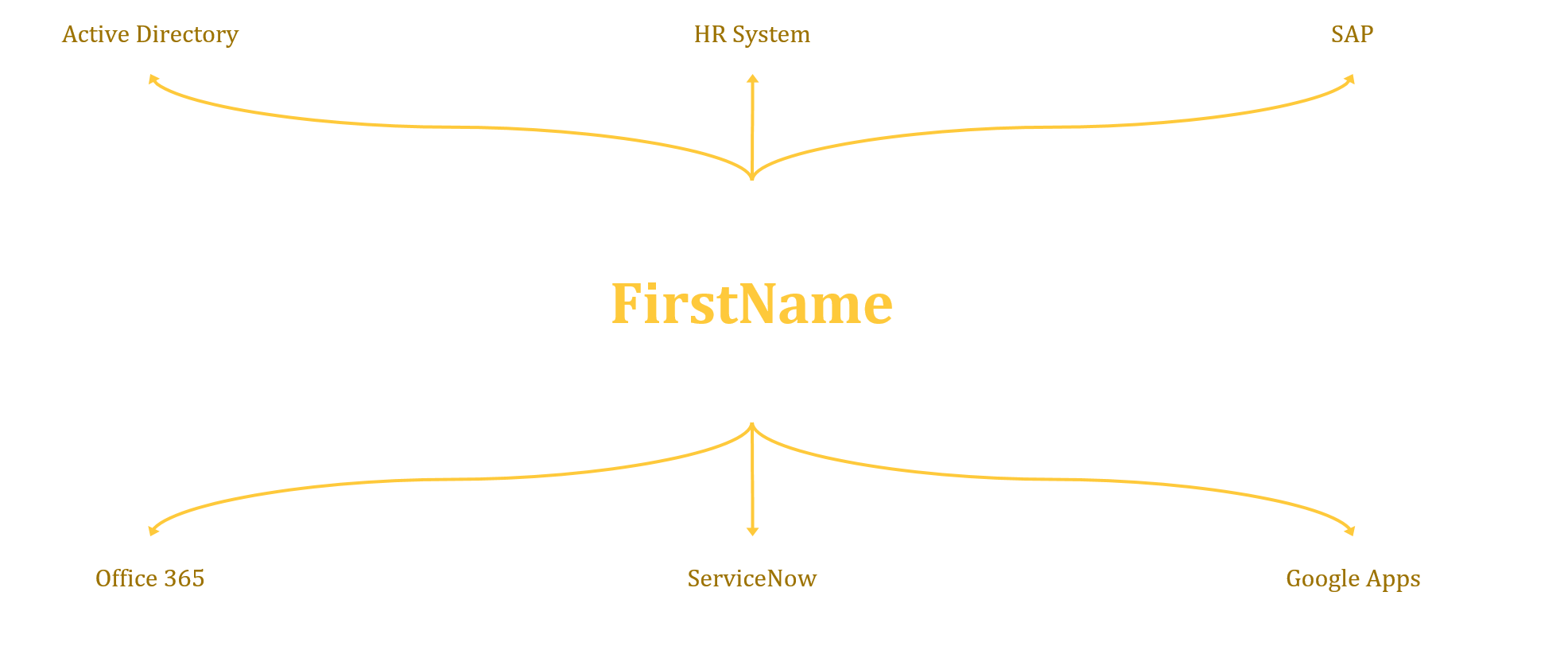Static Security Analysis of Container Images with CoreOS Clair
Container security is (or should be) a concern to anyone running software on Docker Containers. Gone are the days when running random Images found on the internet was common place. Security guides for Containers are common now: examples from Microsoft and others can be found easily online.
The two leading Container Orchestrators also offer their own security guides: Kubernetes Security Best Practices and Docker security.
Container Image Origin
One of the single biggest factors in Container security is determined by the origin of container Images:
- It is recommended to run your own private Registry to distribute Images
- It is recommended to scan these Images against known vulnerabilities.






 In this post I will talk about data (aka the source)! In IAM there’s really one simple concept that is often misunderstood or ignored. The data going out of any IAM solution is only as good as the data going in. This may seem simple enough but if not enough attention is paid to the data source and data quality then the results are going to be unfavourable at best and catastrophic at worst.
In this post I will talk about data (aka the source)! In IAM there’s really one simple concept that is often misunderstood or ignored. The data going out of any IAM solution is only as good as the data going in. This may seem simple enough but if not enough attention is paid to the data source and data quality then the results are going to be unfavourable at best and catastrophic at worst.